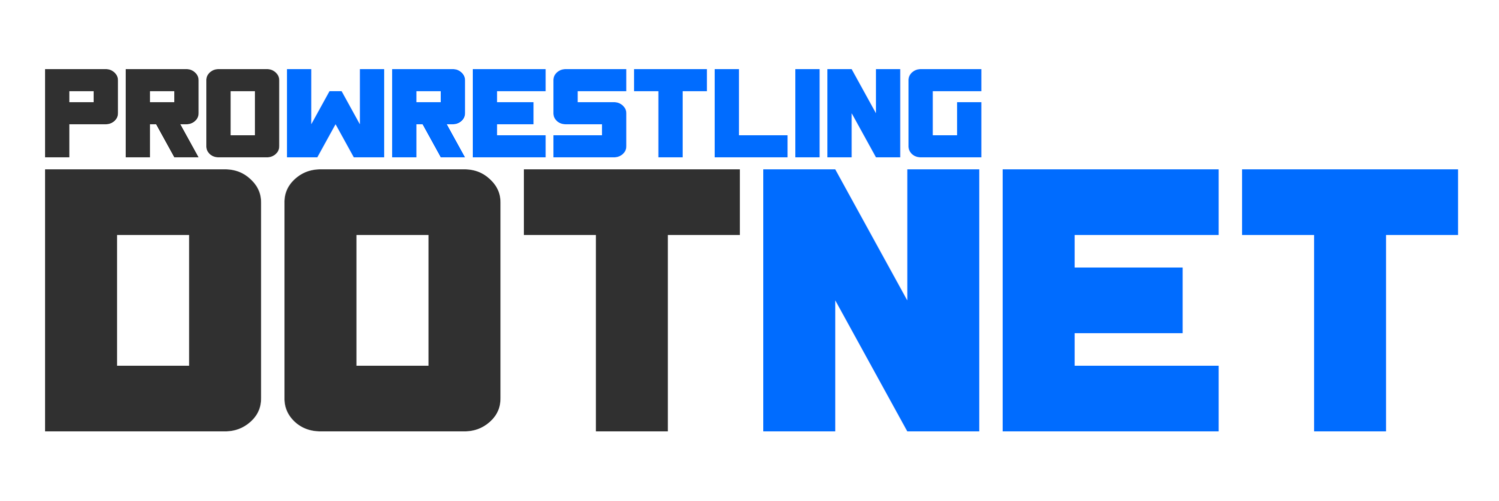By Jeff Lutz, ProWrestling.net Staffer (@JLutz82)
WWE somehow managed to utilize The Undertaker, Goldberg, Triple H, Kurt Angle and other stars from the 1990s long enough to find at least some of their eventual replacements.
We all worried that when those performers faded away, the cards for WWE’s biggest events would be filled with wrestlers who hadn’t been presented as modern-day superstars (not the WWE definition) and future legends. And that’s at least partly true – no one can match the mystique of The Undertaker and Goldberg or the nostalgia of Triple H and Kurt Angle.
But by keeping those stars around for 20 or more years, WWE has – purposefully or not – found the next group of legacy performers, currently led by longtime stalwarts Randy Orton and Rey Mysterio with many others inching toward a similar position.
It seems impossible that Orton is still in his 30s, even though the early portion of his career was decorated with various “youngest-ever” accolades and achievements. Orton, who along with The Miz and Dolph Ziggler, turns 40 in 2020, has worked a safe, methodical style for his entire WWE run and seems likely to carry out his recently signed five-year contract as at least a semi-regular performer.
Orton has often seemed stuck between being overrated by peers, who frequently call him the quintessential professional wrestler, and underappreciated by fans who struggle to summon his signature match or his most influential promo. His career highlight is probably when he kissed an incapacitated Stephanie McMahon during the build to WrestleMania 25, but the match that followed with Triple H was memorable only for how forgettable it was.
Orton’s career is like that of the baseball player who quietly bats .295 with 25 home runs every year and earns a few MVP votes but is often overlooked in favor of players having career-best seasons or three-year stretches of unmatched excellence. Consistency and steadiness will almost always go unnoticed, but Orton’s career has been defined by those traits. He doesn’t have a pronounced peak, but his longevity and accumulation of “stats” make him an obvious first-ballot Hall of Famer.
Now, Orton is doing some of his best character work, culminating with a convincing acting performance during Monday’s Raw that had many fans believing he had suffered a career-threatening injury. Fans seem to have accepted that while Orton’s matches may never match the excitement of the direction the business has taken, he owns a greater, more charismatic presence than many younger, more athletic stars and that television and pay-per-view events are better when he’s a part of them.
Like Orton, the 45-year-old Mysterio is enjoying somewhat of a renaissance. Injuries and age have slowed him down, but not considerably, and his in-ring work has supplemented the best, most spirited and most authentic promos of his career. Because of his mask, fast-paced style and diminutive size, Mysterio is seemingly ageless, so it’s not difficult to envision him wrestling into his 50s and reaching the goal of working some matches with his son, Dominick.
Mysterio’s career took a leap when he was presented as a believable opponent, if not a believable victor, of Brock Lesnar who at 42 is the gatekeeper for other potential legacy stars. Mysterio’s match against Lesnar, and his promo work during the build, gave Mysterio’s character a freshness it hadn’t possessed in years.
Orton and Mysterio aren’t the only current stars slated for big-match appearances as their careers wind down. WWE has dedicated ample television time to 42-year-old AJ Styles, 40-year old Samoa Joe, Kofi Kingston (38), The Miz and Ziggler, and Bobby Lashley, 43. Getting Lashley out of his nonsense with Lana and Rusev and into matches against the likes of Lesnar will increase his long-term viability.
John Cena seemed like the next in line behind the Attitude Era stars who preceded him, but his status is in question after he failed to work a single pay-per-view match in 2019. Edge, 46, is rumored to be returning, and if he does, he would be best served working 2-3 big matches per year. Jeff Hardy, R-Truth and Sheamus are other wrestlers in their 40s whom WWE may use on the fringes of centerpiece story lines.
The final matches of The Undertaker, Goldberg, and Triple H will signal the ends of three monumental careers. They won’t, however, spell the end of WWE using part-time stars to boost WrestleMania and Saudi Arabia shows. Thankfully, after it appeared in doubt at best, WWE has found at least two of the wrestlers to fill those spots.











Be the first to comment